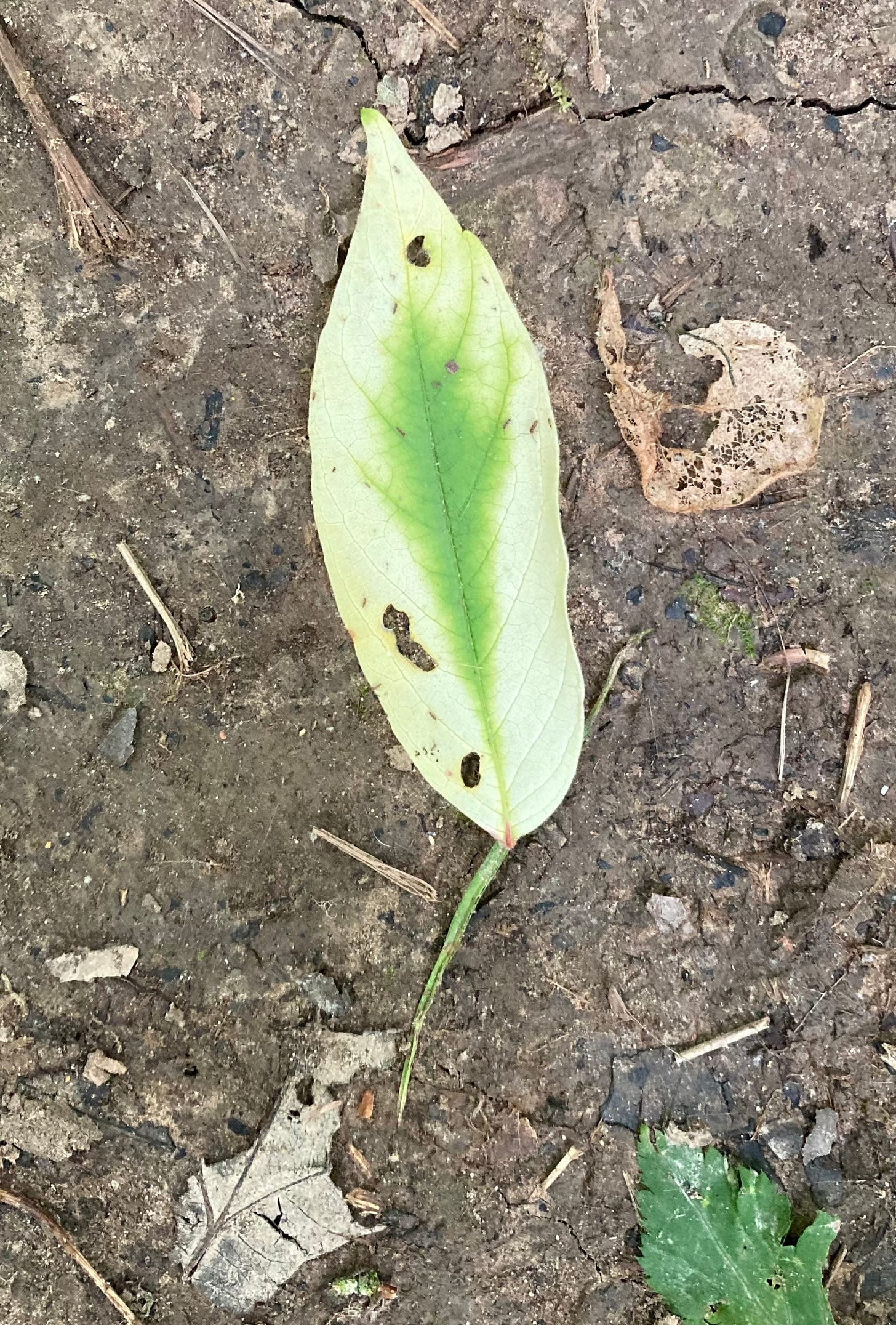The Better Future Covenant
Introductory Series Post #6
In earlier posts I have asserted that overcoming climate change is the right thing to do; it is about the three actions of justice: stopping bad stuff, setting wrong right, making things better. I talked of how the poorest, the innocent, the powerless, are suffering and will suffer the most.
But there is another group that is powerless and innocent who will suffer more than adults today. I’m talking about children and those yet to be born.
For human beings there is always a relationship between past, present, and future generations. What has been done and what is being done impacts what can be done.
Climate change adds several climate-specific dimensions to this past-present-future dynamic.
Climate change has an irreducible past-present-future relationship built into the causes themselves. That’s because the most important climate pollutant or greenhouse gas, CO2, continues to trap heat in the atmosphere until it is finally removed through the carbon cycle. Some CO2 can stay up there trapping heat for a thousand years or more. So some of the pollution we began putting up there with the Industrial Revolution is still causing global warming. These are called “legacy emissions.” It’s also the case that some of today’s pollution will be trapping heat for a thousand years or even longer.
There is another dimension to this past-present-future relationship having to do with climate consequences — in this case tipping points in the natural world’s response to our climate pollution. Many natural systems have tipping points beyond which they collapse.
The human body, for example, has a temperature homeostasis; our body’s temperature can have slight variations over a day, but always within a small, healthy range. However, sickness can raise our temperature. We can have symptoms from the fever that seem manageable. But if our body isn’t able to get the fever under control, a tipping point is reached and we can die.
Likewise, in natural systems disrupted by climate pollution, changes or impacts can seem manageable. We’re experiencing costly, damaging impacts, yet we’re still able to cope. But at some point in the future, when we do not know, tipping points are reached for natural systems setting off large, accelerating, irreversible collapse. These tipping points are like sleeper terror cells waiting to go off. We cannot let that happen.
These awful dimensions of the climate crisis run headlong into what I call humanity’s Better Future Assumption and the Better Future Covenant.
The Better Future Assumption is this. We hold this truth to be self-evident: it is part of our moral calling as human beings to strive to leave a better world to today’s children and future generations. It is their due, which is why making things better is part of justice. This Better Future Assumption is made real through faithfulness to the Better Future Covenant.
A covenant is where one party with power over the future of another makes a promise to ensure their future wellbeing. The Better Future Covenant is a promise by the older generation to make a better future for their children and subsequent generations. The latter have no power to make their future better; they must rely on today’s parents and adults to keep their promise.
As I said in my very first post, in our climate context the Better Future Covenant promises that:
together we will leave today’s children and their children and subsequent generations a better world free from pollution and the threat of climate change, a world with justice and prosperous sustainability where everyone and everything has what they need to live the lives intended for them, where everyone can become who they were meant to be.
In our acceptance of the Better Future Assumption and our commitment to the Better Future Covenant there is hope. It is actually built right in because we are striving to make a better future filled with beauty. And that gives us hope. Join us!
Remember to check out my previous posts in this Introductory Series. If you like this post, please “like,” comment, and share with others. And thanks for all you’re doing.



